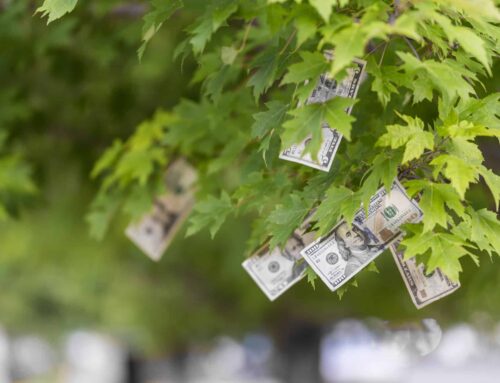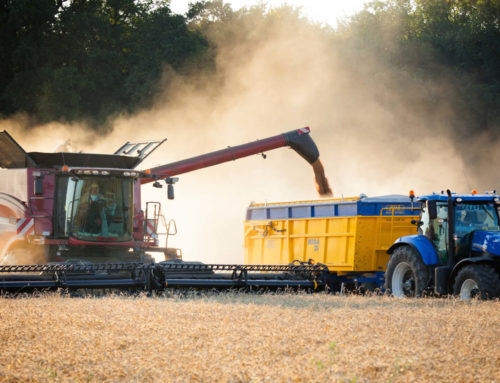Every time you blink around these parts, there are billions being added for the yet to be finalized 2007 farm bill.
At a time when farm revenue and crop prices are at record highs, the administration recently sent a three page letter to farm bill negotiators agreeing to go along with $10 billion in additional spending on top of the $597 billion already in the bill.
While the administration’s letter provided 13 proposals to pay for the spending increase, this may be no more than a face saving move to mask the fact they are caving to the powerful Agriculture Committee’s opposition to real farm spending reform. Most of these proposals stand no real chance in Congress. If Congress would just cut the farm bill bloat, there would be no need to jump through budgetary hoops or look for unrelated offsets to get this legislation finished.
First, there is over $5 billion in so called “direct payments” that go to people regardless of whether they grow anything or not. Direct payments were implemented in the 1990s as a way to wean farmers from more market distorting subsidies. Instead they both remain.
And then there’s the crop insurance program. Crop insurance costs taxpayers $3.31 for each one dollar a farmer receives, according to this analysis. Further, a portion of these subsidies are tied to crop value. So higher crop prices mean bigger government handouts to insurance company agents – without them even lifting a finger. According to Iowa State Professor Bruce Babcock, there’s $7.3 billion in savings to be found there – more if we were to make other reforms to the crop insurance program.
Dollars and cents aside, there are some reforms in the administration’s proposal. The so called “beneficial interest” provision would fix the current system that allows farmers to game the marketing loan program for higher profits at the taxpayer’s expense. The proposed compromise hard cap for subsidy eligibility, $500,000 in Adjusted Gross Income, isn’t perfect, but it is a substantial improvement from the laughable current cap of $2.5 million. And elimination of the proposed sugar to ethanol program is a no brainer. The U.S. sugar and ethanol industries don’t need more propping up or more handouts.
But this bill needs so much more reform. The Title I commodity programs are still way too wasteful, and the crop insurance, dairy, and sugar programs need significant changes. And there are sections in the underlying bill that should be deleted or at least re-visited.
One area ripe for the picking is the irrational exuberance for biofuels. Recent studies concluded that the worldwide plan to chug-a-lug more biofuels could actually increase global warming. Oops. And consumers should expect higher and higher food prices as biofuels put the squeeze on other crops, raising input costs for thousands of goods. Adding to this, a controversial amendment made it into the final version of the farm bill that opens the door for coal to liquids (CTL) subsidies. Replacing just 10 percent of America’s oil consumption with coal derived liquid fuels could cost taxpayers $70 billion in construction costs, and according to Standard & Poor’s, without constant, long-term taxpayer support, CTL projects “are likely to be untenable.”
It’s amazing to think that Congress and the administration are considering all this added bloat and controversy while farm revenue and crop prices are at all time highs. With the economy and the stock market flat lining at best, commodities futures markets seem to post daily new highs. Now is the time to fix our antiquated farm programs, eliminate supposed temporary support programs, and even save taxpayers some money.










